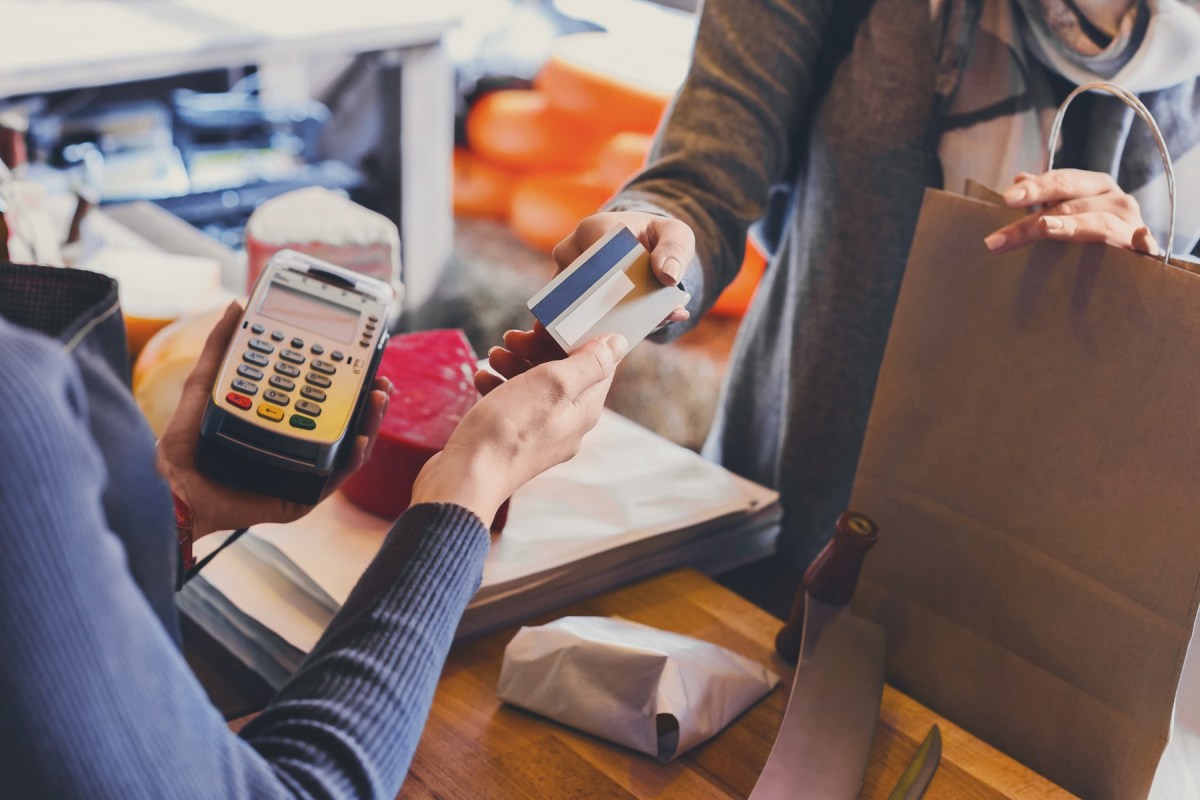Australian retail sales volumes rose 1.4 per cent to more than $34 million in the June quarter 2022, reaching a new record level, according to the latest figures from the Australian Bureau of Statistics (ABS). This followed a record-breaking increase of 7.7 per cent in the 2021 December quarter.
These figures reflect the increase in digital shopping, which is giving consumers more options and convenience than ever before. Australian shoppers also spent approximately $62.3 billion on online goods in 2021, representing a 19.3 per cent share of total retail sales, with that figure continuing to grow steadily year-on-year.
While these numbers should not give retailers a false sense of security, they are an indicator that shoppers are not just returning, they’re already here and they need to be served. Now that consumer spending is on the rise, retailers can expect a healthy sales landscape that lets them worry less about cash flow issues and more about the customer experience.
While the pandemic has forced many retailers into survival mode to prevent insolvency over the past few years, now is the time to capitalise on growth periods while using this economic breathing space to fortify against potential future market slumps.
To capitalise on the current landscape, retailers need to enhance the customer experience. Positive retail experiences lead directly to customer satisfaction, retention, and long-term loyalty, which are all ingredients for a positive business outlook and financial stability. The rise of eCommerce has also created an influx of choice for shoppers, guaranteed to challenge traditional customer experience measures, making it essential for retailers to update their approach and keep consumers coming back for more.
Loyalty programs are an easy way to capture a customer’s spending habits; however, in their traditional form they can add unnecessary steps to the purchase process. Requiring shoppers to carry an abundance of cards on their person at any one time and remember to scan cards or input barcodes at the point of sale (POS) can create roadblocks for customers who otherwise enjoy the speed and convenience of low impact shopping and are looking to save on time as well as costs. It’s essential for retailers to take note of the changing landscape and embrace new technology to counteract these barriers to customer engagement and spending.
Rewarding customers should be a seamless process for retailers and an effortless and fun experience for customers. Retailers need to upgrade to frictionless, digital loyalty programs that encourage ease of use to foster greater levels of customer loyalty and retailer engagement. These programs can be seamlessly managed in-house with the support of a dedicated loyalty platform provider that helps retailers deliver more targeted offers and opportunities to customers for future transactions.
Bank- and card-agnostic digital loyalty programs seamlessly link to the customer’s card, providing the retailer with useful data to deliver a quicker and simpler reward system at the POS. Rewards can range from automatic discounts when a customer’s name and card is identified, charitable donations, or even direct refunds and cashback rewards. Loyalty and rewards programs of this nature are processed in real time, eliminating the need for customers to remember numbers, passwords, or carry cumbersome membership cards. This ultimately leads to customers receiving more for less, which is a significant factor in satisfaction.
A frictionless digital loyalty program tells customers that a business is ready for the future. And it shows that retailers are invested in fostering a strong relationship with its customers built on convenience, value, and loyalty in today’s fast-paced, digitally-driven retail landscape.
Anurag Vasisth is group CEO at Loyalty Now.

